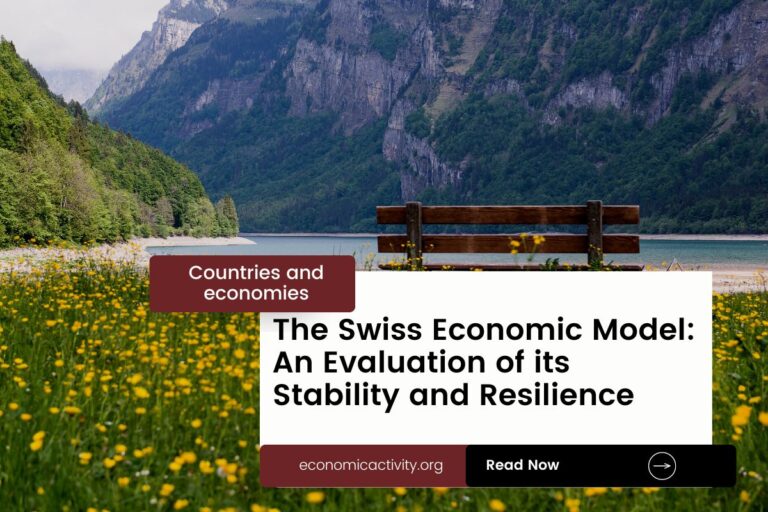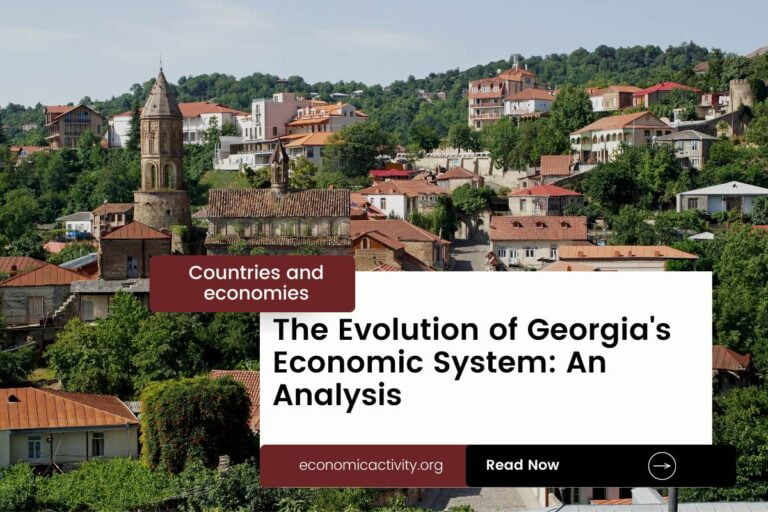Democratic Republic of the Congo (DRC) is a country with a population of 99,010,212, ranking 14th globally, just behind the Philippines. Located in Central Africa, it covers a total area of 2,344,860 square kilometers, ranking 11th worldwide, just behind Algeria.
The Democratic Republic of Congo’s economy faces challenges despite its vast natural resources. In 2022, its GDP stands at $64,718,641,221.216, ranking 83rd globally, trailing behind Costa Rica with a GDP of $69,243,626,028.6696. The GDP per capita in Congo is $653.656223, placing it at 176th position, lagging behind Chad with a GDP per capita of $716.804381.
The country’s economic growth is hindered by political instability, corruption, and inadequate infrastructure, impacting the standard of living for its citizens. Efforts to improve governance and attract foreign investment are crucial for Congo’s economic development.
What are the economic activities of Congo, Democratic Republic of the?
- Primary activities: 19.7% of GDP.
- Secondary activities: 43.6% of GDP.
- Tertiary activities: 36.7% of GDP.

Primary Sector of Congo, Democratic Republic of the
The primary sector in the Democratic Republic of the Congo, focusing on agriculture, thrives due to its tropical climate and rich natural resources. With approximately 14.95% of the country’s land dedicated to agriculture, the main products include cassava, plantains, sugarcane, oil palm fruit, maize, rice, root vegetables, bananas, sweet potatoes, and groundnuts.
Despite agriculture contributing 19.7% to the GDP, its significance lies in the diverse range of crops and animal products, sustaining the country’s agricultural sector and providing essential resources for the population.
The country boasts rich geological diversity, leading to abundant natural resources. Cobalt, copper, niobium, tantalum, and petroleum drive the economy. Additionally, industrial and gem diamonds, gold, silver, zinc, and manganese contribute significantly. The country also harnesses tin, uranium, coal, hydropower, and timber. However, issues like coltan mining linked to warfare, exploitation in artisanal mining, and conflicts over tin deposits pose challenges. Despite being a top cobalt producer, artisanal mining’s vulnerabilities, including child labor, persist.
Secondary Sector of Congo, Democratic Republic of the
What is the secondary sector or what are secondary activities?
The secondary sector involves industries that transform raw materials from primary activities into finished products for consumption. In the Democratic Republic of Congo, main industrial products include copper, cobalt, gold, diamonds, coltan, zinc, tin, tungsten, processed minerals, consumer products like textiles and plastics, metal products, processed foods, beverages, timber, cement, and commercial ship repair services.
Manufactures in Congo, Democratic Republic account for only 15.63% of total exports in 2023, indicating their relatively minor role in the country’s export economy.
Tertiary sector of Congo, Democratic Republic of the
What is the tertiary sector or what are tertiary activities?
The tertiary sector in Congo, Democratic Republic of the comprises services where people provide knowledge and time to enhance productivity and meet needs. Main activities include healthcare, education, banking, communication, tourism, transportation, and security services.
Specifically, Congo’s tourism industry plays a vital role in its economy, with the stunning Virunga National Park and the vibrant capital, Kinshasa, being major attractions. Despite the country’s challenges, tourism remains a significant contributor, generating revenue and employment opportunities. Responsible tourism development could further boost the Democratic Republic of the Congo’s economic growth.
Another example of tertiary economic activity is the mobile cellular sector, with nearly 50 million subscriptions supporting technological growth. This connectivity fosters innovation, enhances communication, and drives digital services.
Military Activities and Economic Sectors of Congo, Democratic Republic of the
The military is a key example of how different economic activities work together. In the primary sector, resources are extracted for military use, like minerals. The secondary sector involves manufacturing military equipment, such as weapons and vehicles. The tertiary sector includes services provided by the military, like logistics and healthcare. The quaternary sector focuses on military research and development, while the quinary sector covers high-level decision-making and strategy.
In the Democratic Republic of the Congo, the most recent annual military expenditure is 794.2 million US dollars, which is about 0.58% of the country’s GDP. The active military force consists of 134,250 personnel, giving a ratio of 1.6 active military members per 1,000 capita.
International Trade of Congo, Democratic Republic of the
Import Activities of Congo, Democratic Republic of the

The import activities of the Democratic Republic of Congo are crucial, accounting for almost 49% of its GDP in 2023.
The Democratic Republic of Congo’s main import partners are China, Zambia, South Africa, UAE, and India. It imports refined petroleum, sulfur, plastic products, trucks, and stone processing machines.
Exports Activities of Congo, Democratic Republic of the

In the Democratic Republic of Congo, exports totaled $29.9 billion in 2023, accounting for 46.19% of GDP. With exports playing a crucial role, their high importance drives economic growth and stability in the country.
The Democratic Republic of the Congo primarily exports refined copper, cobalt, copper ore, raw copper, and crude petroleum. Its main export partners are China (55%), Singapore (5%), UAE (5%), Hong Kong (4%), and Tanzania (4%).
Congo, Democratic Republic of the economy challenges in 2024
In 2024, the Democratic Republic of the Congo faces challenges with its very poor economy, rich in natural resources. The country sees a rise in Chinese trade, but a sharp decline in government investments. With a growing current account deficit and public debts, the DRC struggles to manage its vast potential amidst financial instability.




Leave a Reply